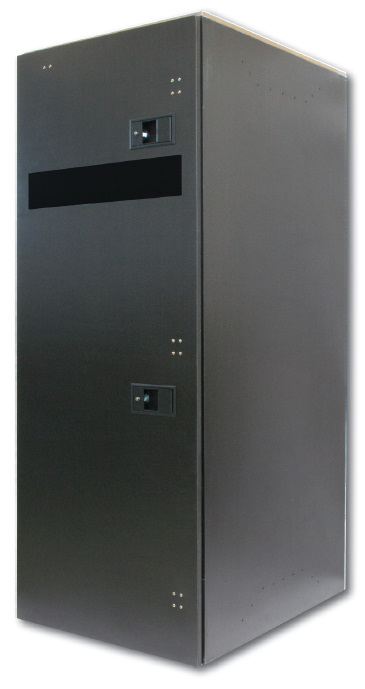Dragonplate Releases Economy and Prepreg Carbon Fiber Angles
Elbridge, NY (PRWEB) November 17, 2015 -- Dragonplate has released two new types of carbon fiber angles. The first is in the EconomyPlate brand of carbon fiber products, and although low cost, still an excellent option for many applications. The second is a stiffer and stronger prepreg angle. The benefit of the EconomyPlate angle is the low price point, while the benefit of the prepreg angle is its higher stiffness and strength.
Reducing weight on aircraft and ships is one instance of how carbon fiber translates to lower operating costs and greater payload capacity. On large ships, for example, heavy aluminum cabinets are still the state of the art in electronics mounting. Unfortunately, they are very heavy, weighing up to 900 pounds or more. Multiply this times tens or even hundreds of systems on a single ship, and the potential for weight reduction is tremendous.
Allred & Associates, a composites engineering and manufacturing firm in Elbridge, NY, partnered with Frontier Electronic Systems of Stillwater, OK, to develop and test a carbon fiber shock isolation cabinet. Utilizing the carbon fiber angles and other carbon fiber structural components provided the means to withstand shock loads in excess of 100g from explosions. No other company has been able to develop a carbon fiber composite cabinet that can meet the requirements set forth by the US Navy. This type of construction method is both simple and robust. By switching from aluminum to carbon fiber, the final cabinet weight was reduced from 900 lbs to only 350 lbs, yet performed exceptionally well in shock testing. In fact, due to the increased natural frequency of the cabinet, it performed better than the original metal cabinet, even at only about 1/3rd the weight.
Whereas metal is isotropic, or has similar mechanical properties in all directions, carbon fiber only has strength and stiffness in the direction of the fibers. As a result, the user has the flexibility to orient the fibers for customized stiffness, and in fact it is common for carbon fiber parts to be much stronger (and more rigid) in one or two directions compared with the third. As an example, carbon fiber is about half the density of aluminum, but by aligning the fibers in a single direction it is possible to create parts that are stiffer than steel.
Using the same design methodology, carbon fiber angles, tubes and other components can be used across many disciplines including portable electronics frames, automation robotics, and even x-ray imaging. The benefits in these areas are enormous, saving companies millions of dollars.
For more information on carbon fiber components, visit http://DragonPlate.com
For more information on carbon fiber engineering, visit http://Element6Composites.com
For the most current news, connect to us on social networks:
https://www.facebook.com/DragonPlate
https://twitter.com/dragonplate
https://www.pinterest.com/dragonplatecf
Joe Kummer PhD, Allred & Associates, Inc., http://DragonPlate.com, +1 315-252-2559, [email protected]

Share this article